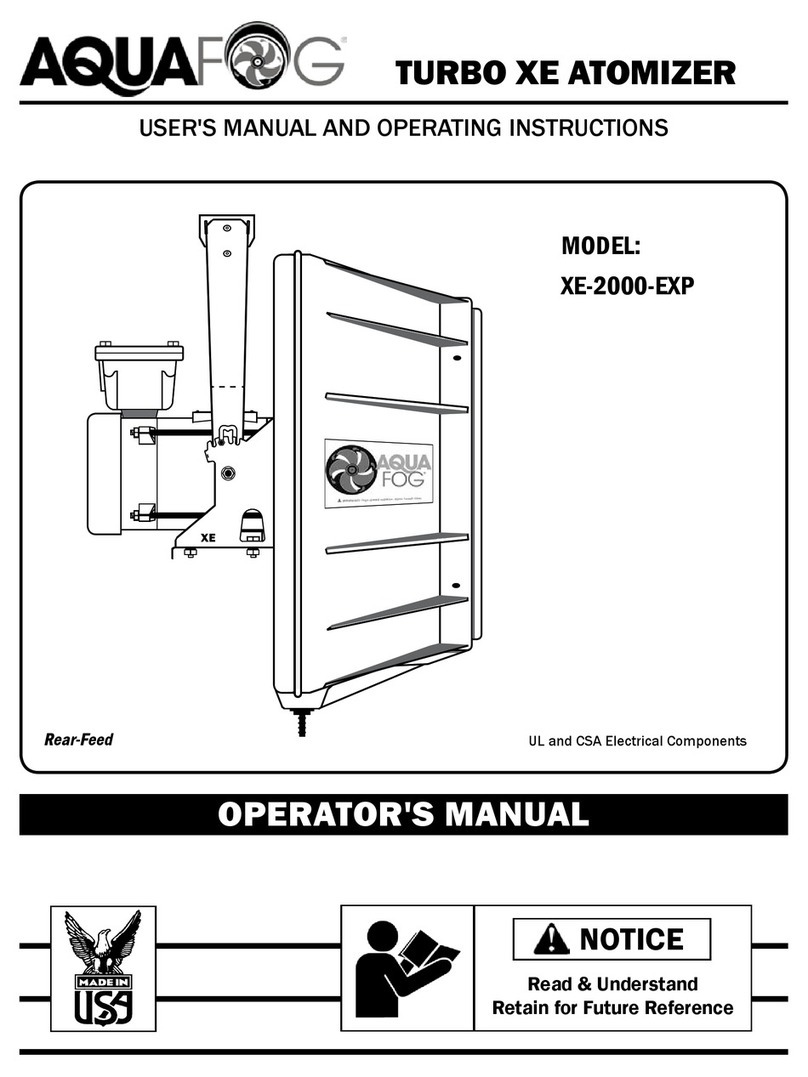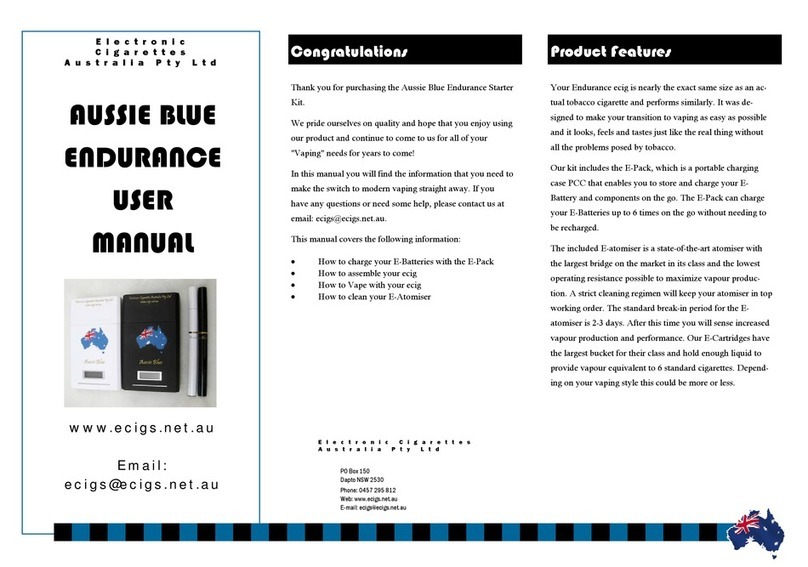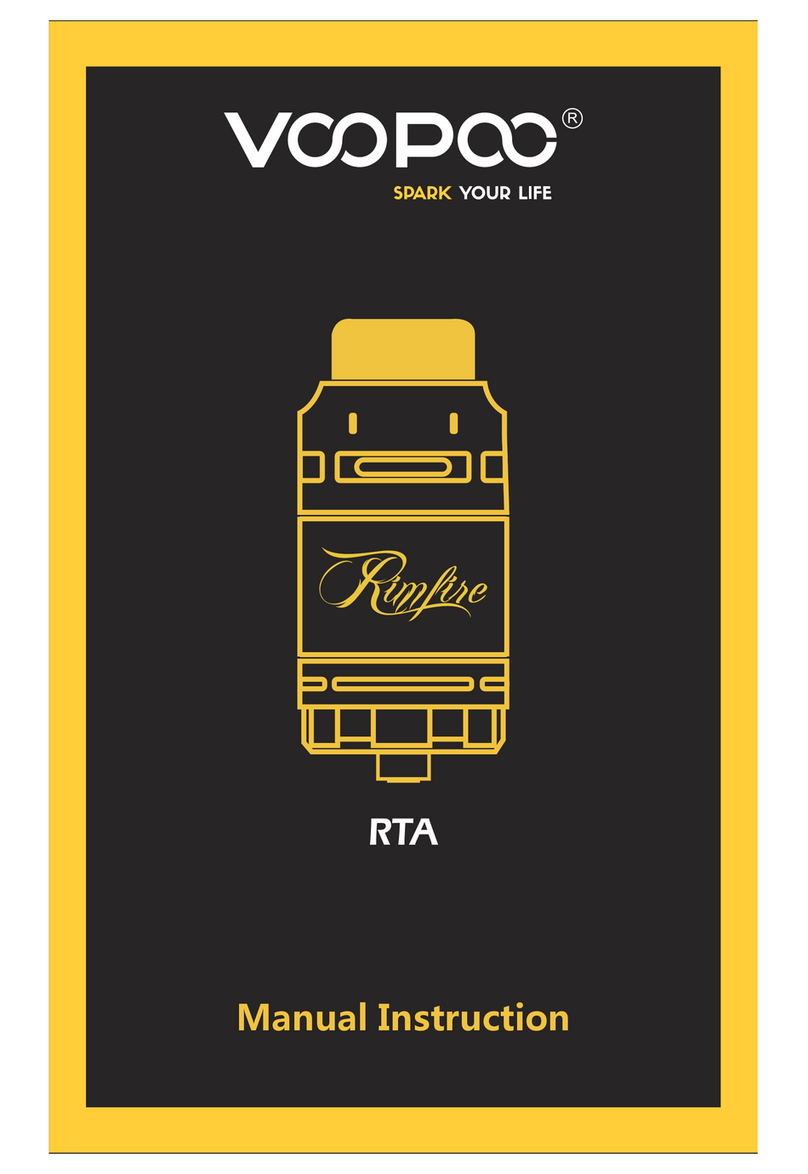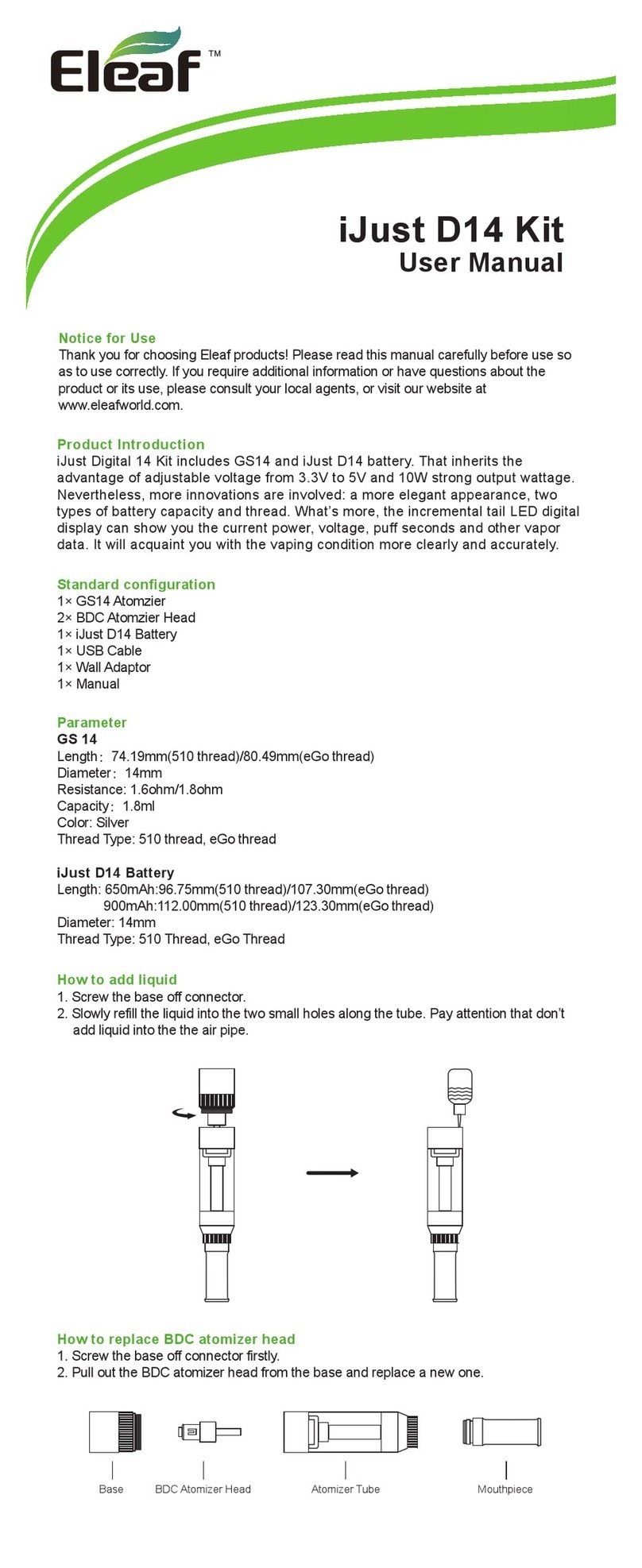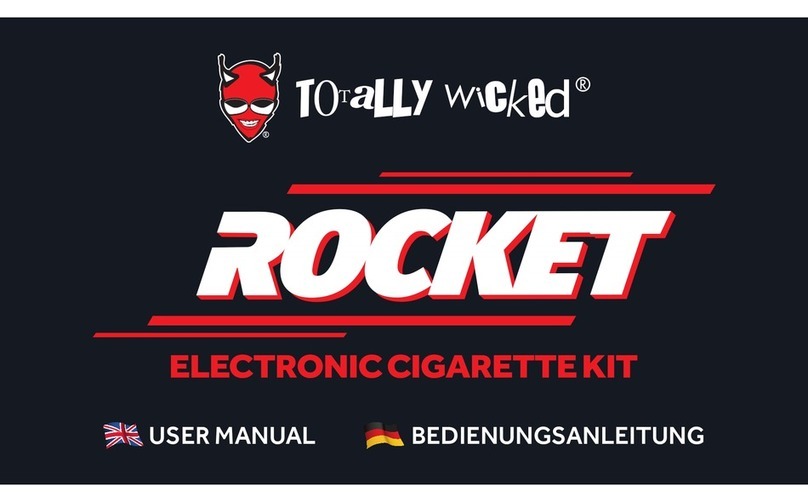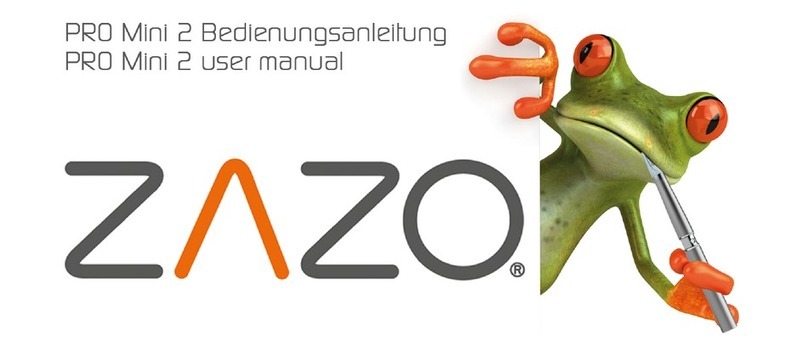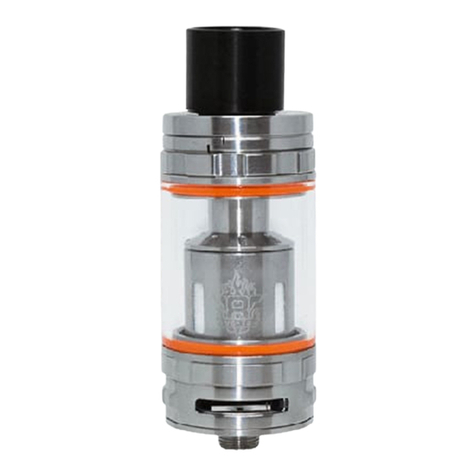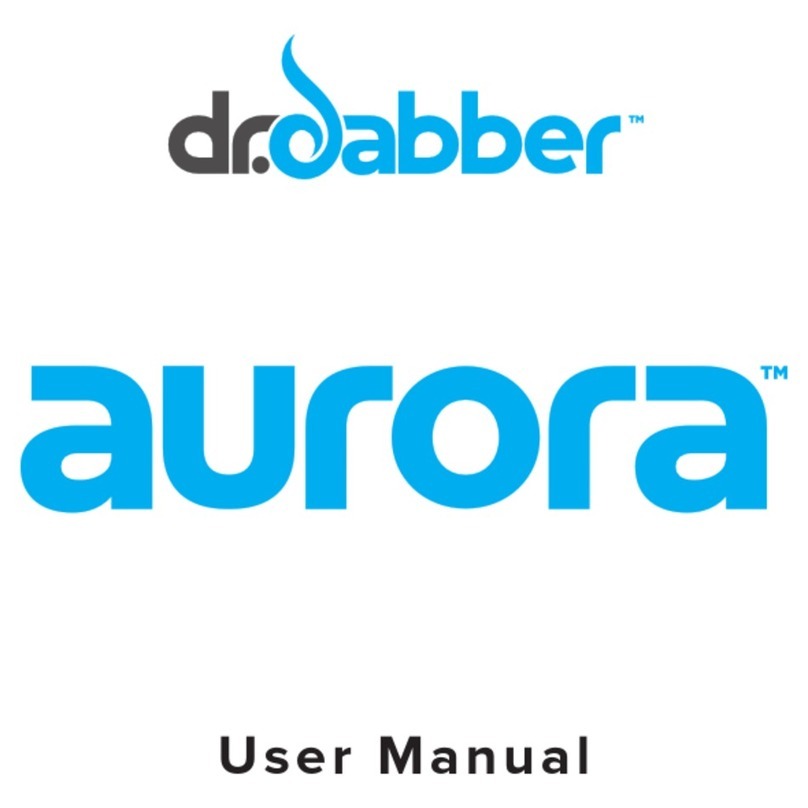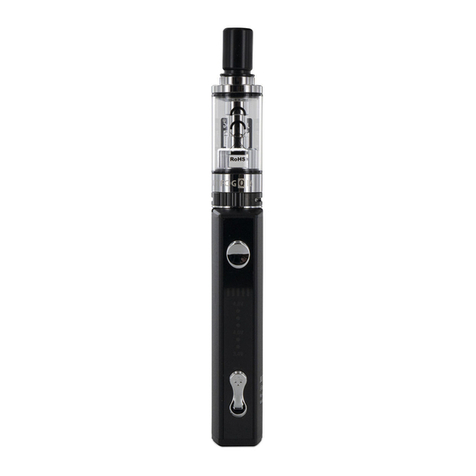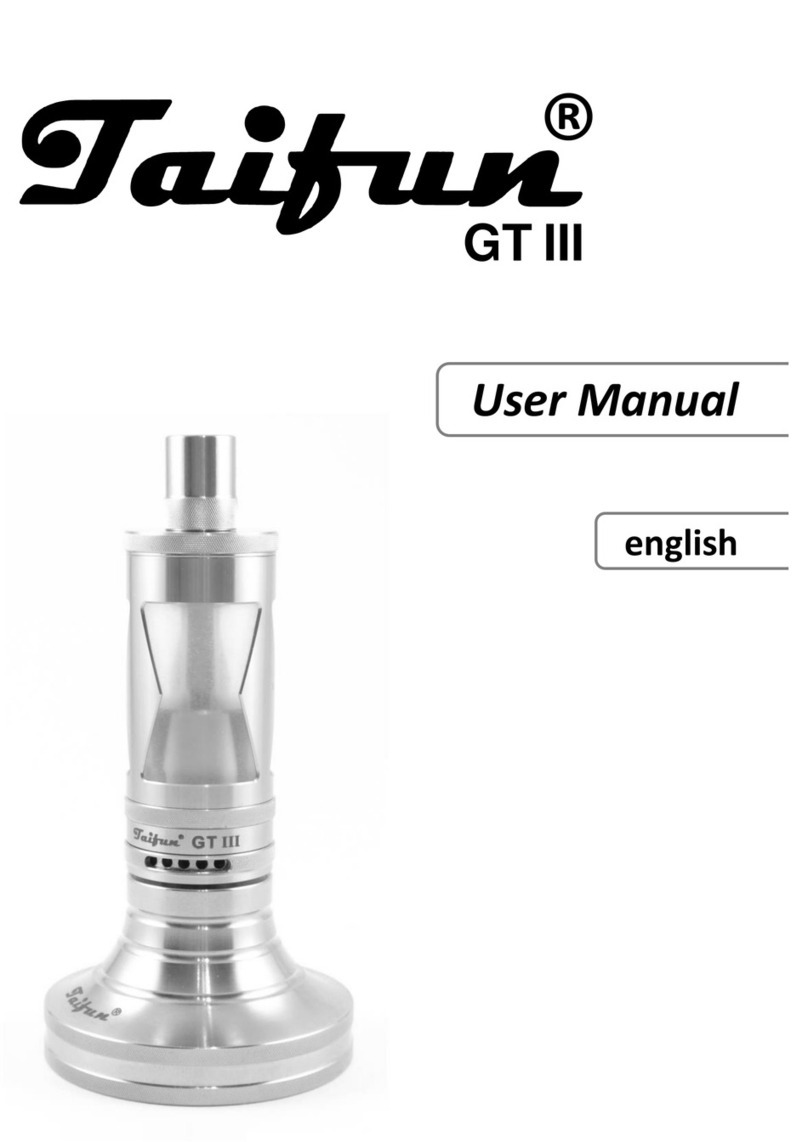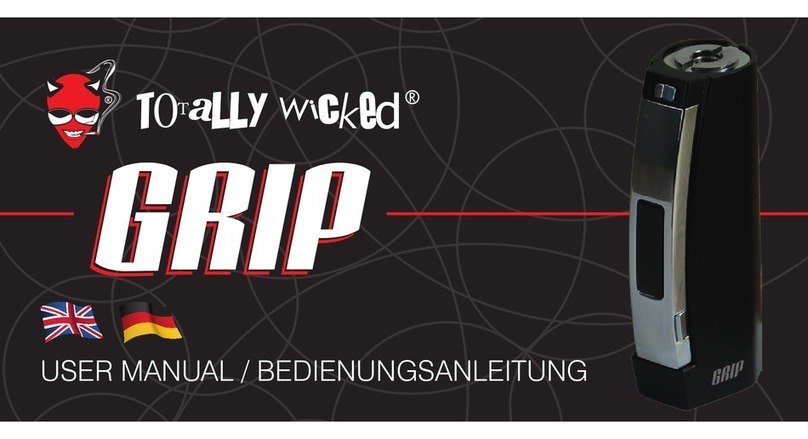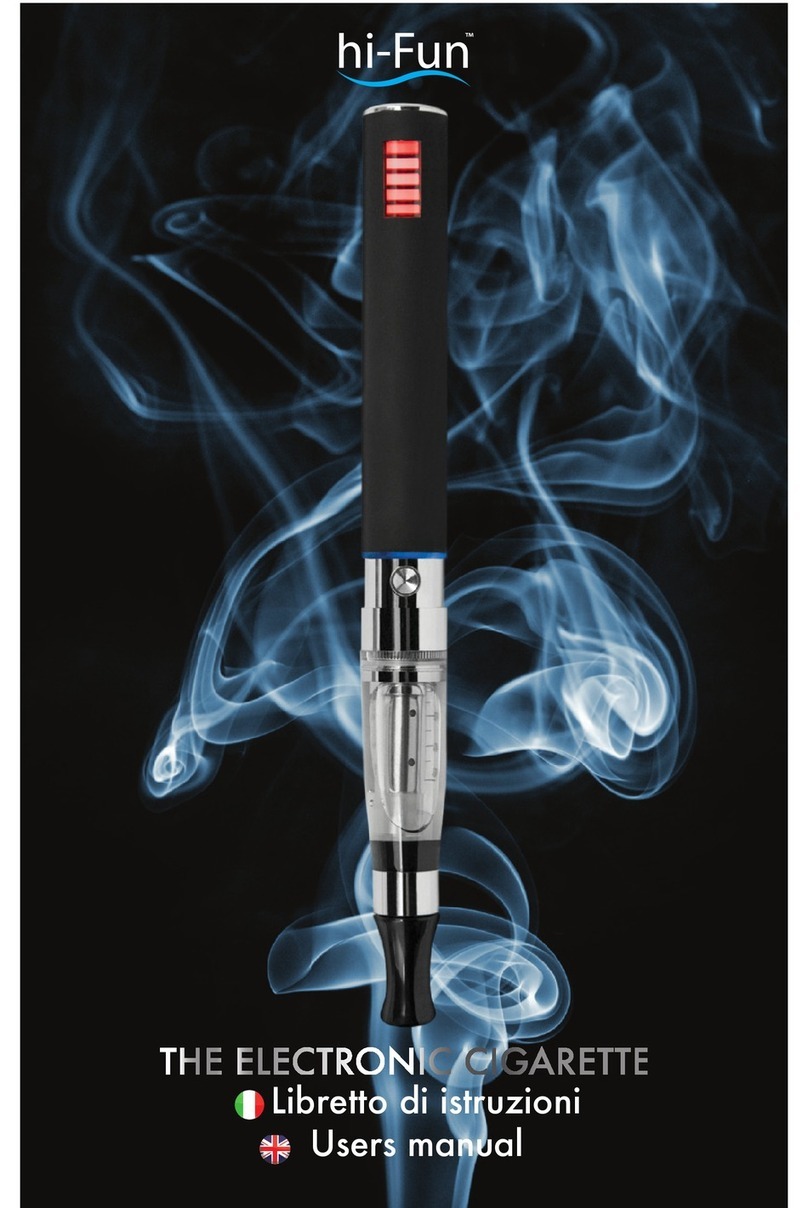
6
Troubleshooting
These procedures cover only the most common
problems you may encounter. Refer to your RA-20
manual, valve manual, or turbine manual for more
information.
If you cannot solve the problem with the information in
your manuals, contact your local Nordson Corporation
representative for help.
Problem Cause Correction
Poor coating material transfer
efficiency
Workpieces not properly grounded Check the workpiece-to-ground resistance.
Poor coating material formulation Check the coating material.
Booth air flow too high or too low Adjust the air flow.
Power supply or control unit defective Check the power supply output.
Defective high-voltage cable or IPS cable Check the cable resistance or continuity.
Defective charge ring Check the charge ring resistance.
Defective barrel resistor (cable-fed) Check the resistor resistance.
Poor connections Check all of the electrical connections.
Coating material wraps back
on atomizer
Spray booth air velocity too low Increase air flow through the booth.
Vector air pressure too low Increase the vector air pressure.
Poor coating material formulation Check the coating material.
No grounded part in front of atomizer Reprogram the system controls.
Poor coating material
atomization
Turbine speed too low Increase the turbine speed.
Cup assembly plugged or damaged Clean and inspect the cup assembly.
Coating material viscosity incorrect Change the material viscosity.
Flow rate too high Lower the flow rate.
Coating material not charging Check the electrostatic system.
Turbine will not rotate, rotates
slowly, or oscillates
Turbine or bearing air pressure low Check the turbine and bearing air pressure.
Leaking O-ring in interface plate Remove the turbine and replace the O-ring.
Turbine air regulators not set properly Check the regulator settings.
Turbine air bearings worn or plugged Repair or replace the turbine.
Cup out of balance or damaged Check the cup, and replace it if necessary.
No turbine speed control or
display
Defective transmitter assembly Check the transmitter output.
Defective fiber-optic cable Check the cable output.
Defective fiber-optic module Check the module output.
Defective display or control unit Repair or replace the defective component.
No spray when coating
material turned on
Nozzle or fluid tube plugged Clean or replace the nozzle or fluid tube.
Fluid tubing plugged Check the tubing for blockage.
Valve trigger air pressure low Check the trigger air pressure at valve.
Valve adjusted incorrectly or malfunctioning Repair or replace the valve.
Trigger air switch or solenoid defective Repair or replace the component.
Pattern can not be shaped,
no vector air or pressure low
Vector air tubing kinked or plugged Repair or replace the tubing.
Leaking O-ring in interface plate Remove the turbine and replace the O-ring.
Leak in charge ring or front shroud Replace the O-rings or duckbill seal.
Vector air slots plugged Clean the air slots in the charge ring.
Resistor sleeve installed incorrectly Install the sleeve correctly.
Valve or regulator malfunction Repair or replace the component.
Material keeps flowing when
valve is closed
Valve worn or jammed open Repair or replace the valve.
Switch or solenoid valve defective Repair or replace the component.
Material leaking from valve
weep holes
Valve seals worn Repair or replace the valve.
